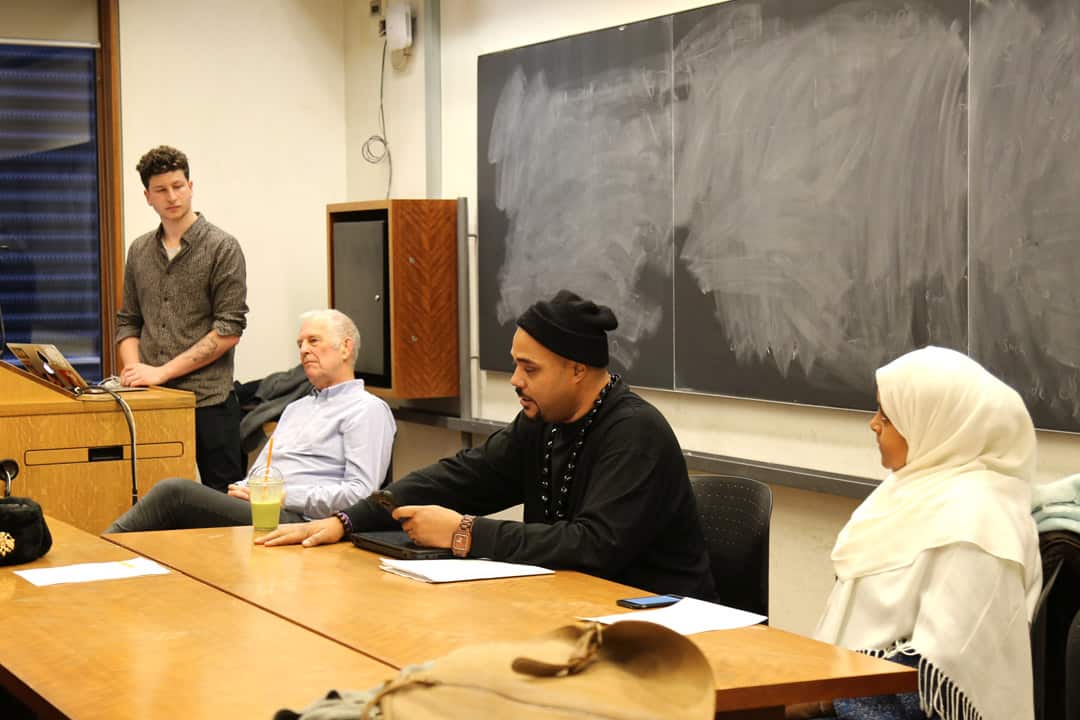The rise of gun violence in Toronto and its connection to the United States was discussed and debated in a panel hosted by the Association of Political Science Students on November 16, with panelists agreeing that increased policing is not a solution.
The panel included Sureya Ibrahim, a community leader from Regent Park; Julian Tanner, an Associate Professor of Sociology from UTSC; and Marcell Wilson, co-founder of the One-by-One Movement, a non-profit organization founded by a group of former gang and organized crime members to create effective social programming for youth.
The panelists discussed the root causes of the Toronto gun problem and potential remedies for the crisis, beginning with the rate at which gun usage has been increasing in the city.
Tanner, whose research explores youth gangs, youth culture, and criminality in Toronto, credited the rise in guns to “our proximity to the United States.”
Wilson, a reformed gang leader, refers to his past history as the ex-leader of one of Canada’s most notorious gangs, “the Looney Toons.” He echoed Tanner, saying that “guns are not produced in the ghetto. Someone has to bring them here.”
“For as long as there is a lack of financially stable and realistic inclusive social programming, violence and gangs — gun culture — will continue to thrive. I believe that others like myself… with lived experience will make important contributions to the development of these programs,” said Wilson.
Ibrahim followed this by suggesting that the city implement a “multitude approach” to address the increasing violence. Drawing from her experiences as a liaison with Toronto Police Service 51 Division, the Royal Canadian Mounted Police, and the Children’s Aid Society, she said that the approach “has to be hand in hand, working with the school system, social workers, and the police.”
All three panelists agreed that Toronto Police need to find alternative approaches to handle the gun problem.
Tanner pulled findings from his research, saying, “Many of the young people that we talked to feel stigmatized by the community they live in and they feel profiled.”
Ibrahim referred to the presence of liaison officers in her area, saying that police “need to learn from the community, not just come and invade the community.”
“You may live in a polarized community and be labelled as a dangerous person simply because you come from this community. Police play a role [in] feeding into that,” said Wilson.
Wilson did not openly dispute the potential benefits of having officers in polarized areas. Instead, he offered more proactive alternatives, such as monetary investments from police into programs like the One-by-One Movement.
“What I would suggest for our local government is to talk to people like us, who are in the community, who have the experience. We are receptive to working with our local government and bridging the gap between polarized communities and the police,” said Wilson.
At the core, said Tanner, “gun violence is a consequence of social and economic inequality and disadvantage.” The panelists agreed that the best route for reducing gun violence would be putting money into social programming.
From statistics and his own research, Tanner confirmed, “Policing by itself is not going to solve the problem.”


